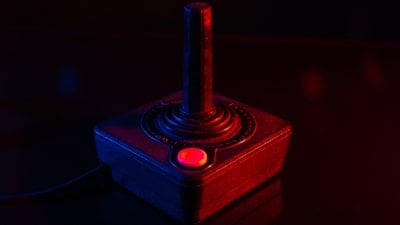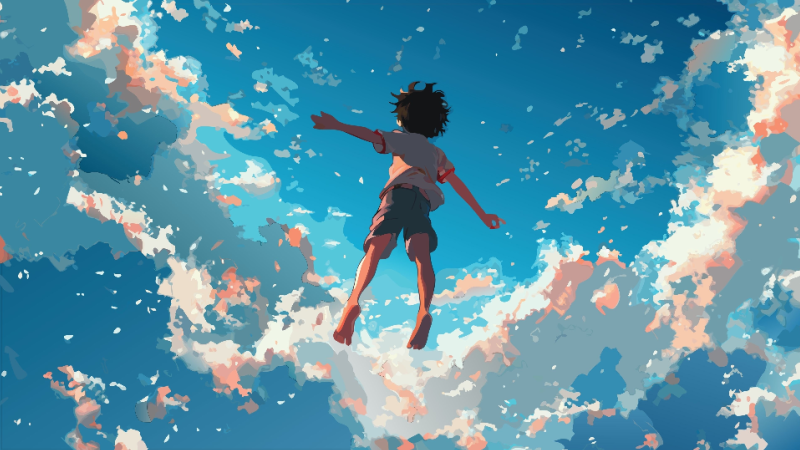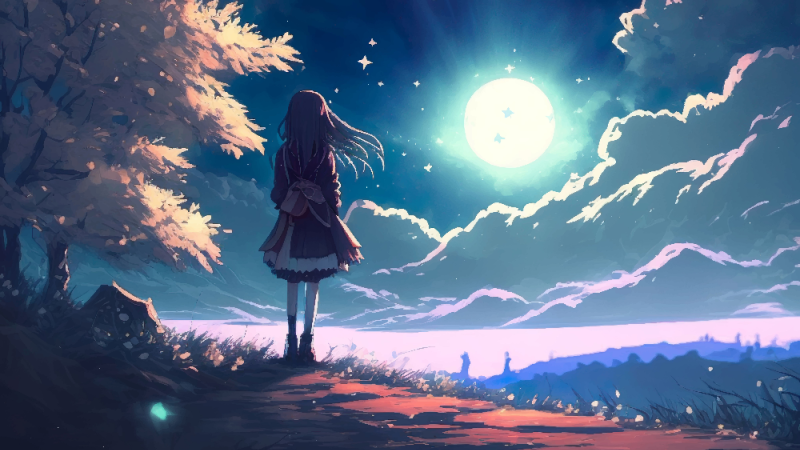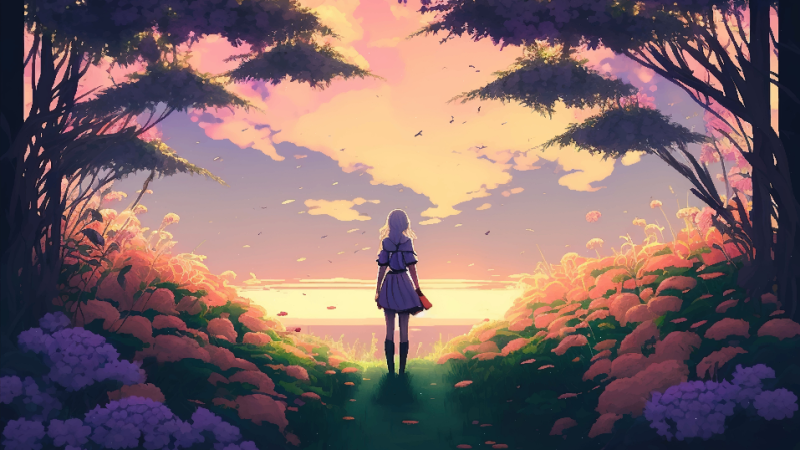Retro Gaming
Worst Atari 2600 Games That We Will Never Forget
Every console gets a bunch of rubbish games on them at some point and during the late 1970s, the Atari 2600 was no exception. Since the Atari 2600 is […]
Get all of the news and interesting information on some of those classic games and consoles we all know and love. Sure, gaming has come along way since the old fidgety joysticks of the Atari 2600 and over-the-top power gloves of the Nintendo Entertainment System, but we love them for their flaws all the same.
Join us as we meander down memory lane and enjoy some articles about retro gaming.





